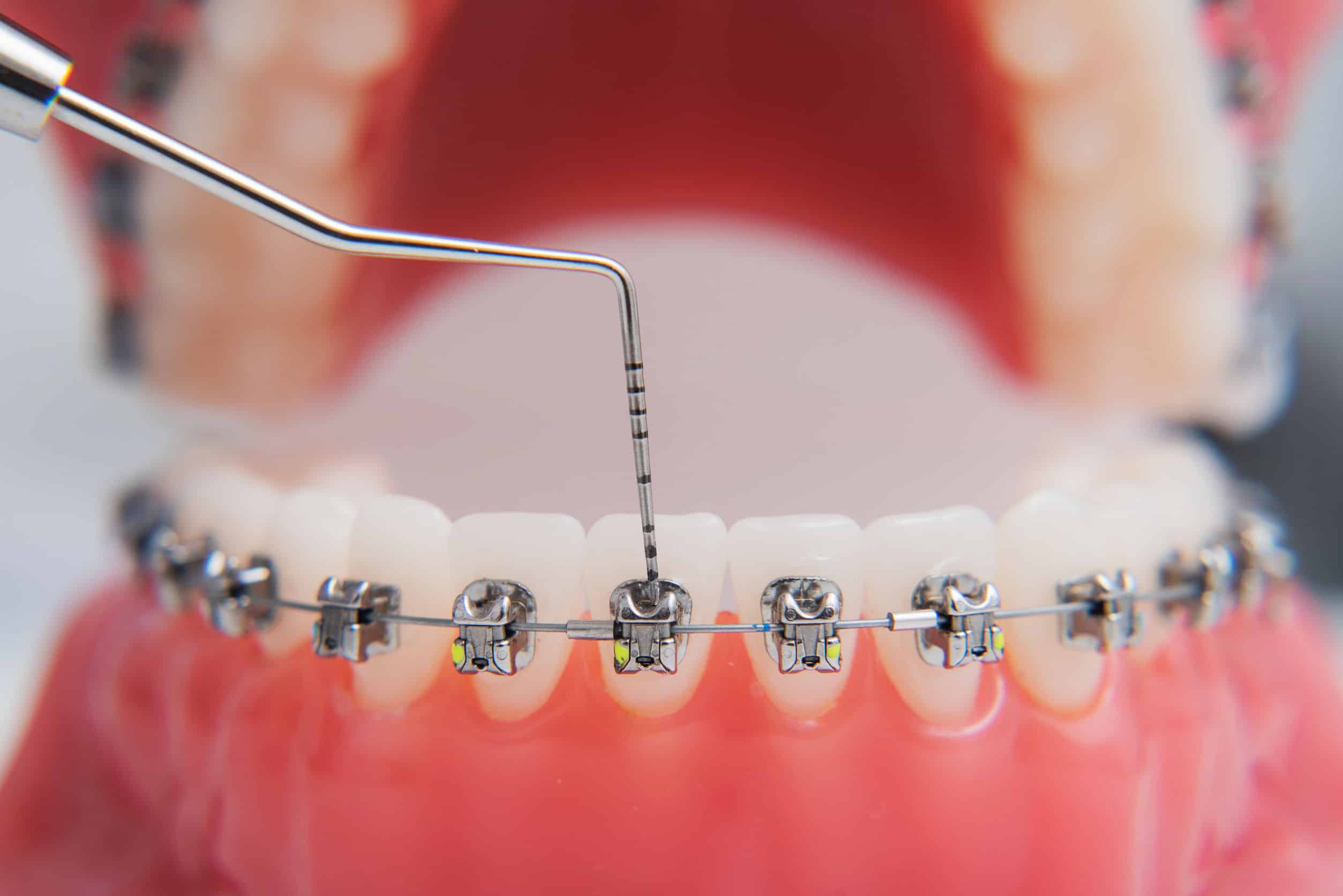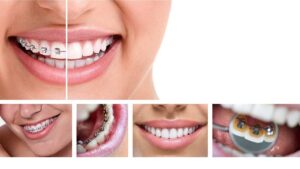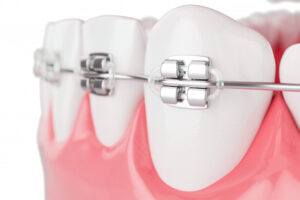Are you worried about your child’s misaligned teeth? Then you can think of dental braces to shape your child’s teeth. It helps to fix tooth shape very easily, especially when worn at an early age. Braces put pressure on the teeth during a certain period. The pressure helps to move the direction of the teeth slowly, and it also aids in shaping up the inner bones of the teeth. Some special kind of anchor creates that external pressure to fix the structure of the teeth. However, before opting for the braces for your child, you need to know ‘how do braces work’ and a few things in advance. So, have a quick look at this article to know the facts of dental bracing.
How quickly do teeth move with braces?
While completing a month with braces, you can perceive a minor shift in your child’s teeth. After completing two to three months of bracing, you will find a noticeable change. The braces do not work overnight. It takes nearly two years to get the ultimate result. If you are an adult and willing to wear braces, then it may take nearly three years to fix your misaligned teeth.
Note: Sometimes, it may take more than the estimated time due to complex dental issues. Even the effects of the treatment may slow down due to a lack of proper maintenance.
How do braces know where to move teeth?
The orthodontist acquires a mold of your teeth before applying the braces. The mold helps the orthodontist to make a map of how your teeth require its movement to get the desired position. After placing the braces, it creates pressure on your teeth with an archwire; after placing the wire, that external pressure fixes the uneven path of the teeth. The arch shape of the wire moves your teeth on their actual shape.
Do braces make your lips bigger?
No, it is a misconception that braces make the lips bigger than usual. You can notice a temporary lip enhancement during the bracing period. It depends on the type of dental bracing you are using. If you are using a traditional dental brace, then your lips may look bigger than usual, but it’s just a temporary matter. After removing the braces, your lip will again look like the usual way it was. This happens because the traditional braces use a wired system and brackets to fix your teeth. These wires and brackets create a width between your lip and teeth; therefore, it seems like a bigger lip.
What is a good age to get braces?
According to orthodontists, the ages between 8 to14 are best for dental bracing. During this period, children lose their baby teeth, as well as it is the time of growing the permanent teeth. Therefore, if the treatment starts at this age, then it will provide a significant result.
Teenage is considered the most constructive age. As per experts, it is also considered a good age to get a dental brace.
Note: Adults can also get a dental brace. No wonder, even if you are in your 30’s, you can easily get braces to fix the positioning of your teeth.
Is it painful to get braces?
Well, the answer is no. If you are getting anxious to brace your teeth, then you must not be worried about it. Braces will not hurt you during the application. You may feel mild discomfort or soreness for a few days after placing the brackets on your teeth.
However, this discomfort is normal; in most cases, it disappears within four to five days. During these initial days, you may sense a little pressure on your teeth. This pressure appears from the wires. However, it’s not a heavy one; you may feel a little annoyed during the first few days but will not feel any pain. Alongside, you may face slurred speech for the initial days, but as soon as you make it a habit, there shouldn’t be an issue with your speech.
Note: The same thing applies to your child as well.
EndNote
Since you’ve reached this far, here is a quick tip for you- choosing traditional metal braces or self-ligating braces may damage your look. But clear aligners or lingual (inside) braces will stay invisible while doing the job that they are designed to do. However, which one to choose, solely depends on you and your orthodontist. If you have anything else to add to this article, leave a comment below. Stay connected.
Sources:
- Harrison, J. E., D O’Brien, K., & Worthington, H. V. (2007). “Orthodontic treatment for prominent upper front teeth in children”.
https://www.cochranelibrary.com/cdsr/doi/10.1002/14651858.CD003452.pub2/abstract - Smith, J., Bearn, D. R., & House, K. (2009). “Self-ligating orthodontic braces for straightening teeth”.
https://discovery.dundee.ac.uk/en/publications/self-ligating-orthodontic-braces-for-straightening-teeth - Vasu, M. S. (2011). “Orthodontics without braces and wires!!…. A new paradigm.”.
https://go.gale.com/ps/i.do?id=GALE%7CA286392154&sid=googleScholar&v=2.1&it=r&linkaccess=abs&issn=22295038&p=AONE&sw=w - Goh, H. H., & Doubleday, B. (2018). “Aids for mechanical cleaning of teeth with fixed braces”.
https://www.ncbi.nlm.nih.gov/pmc/articles/PMC6491070/



